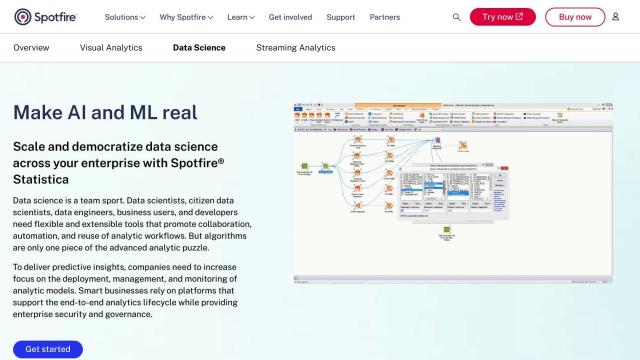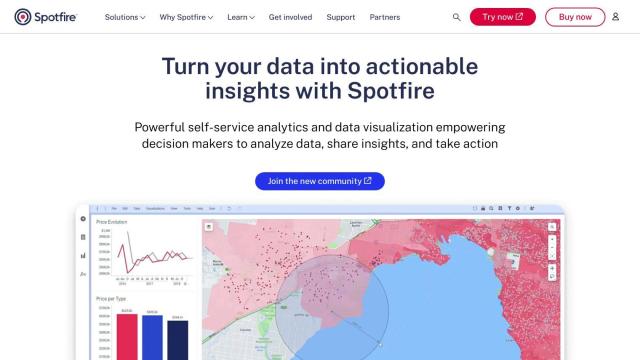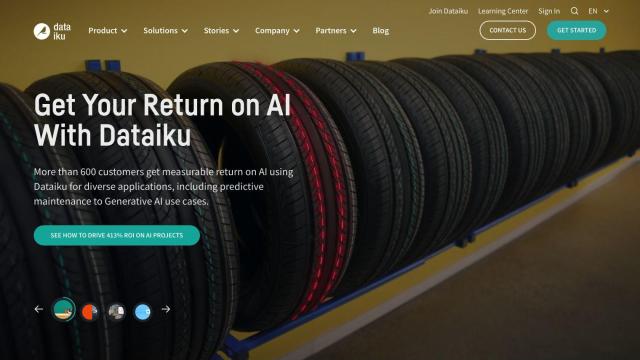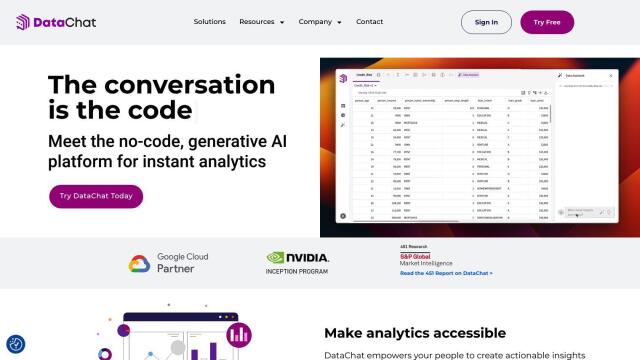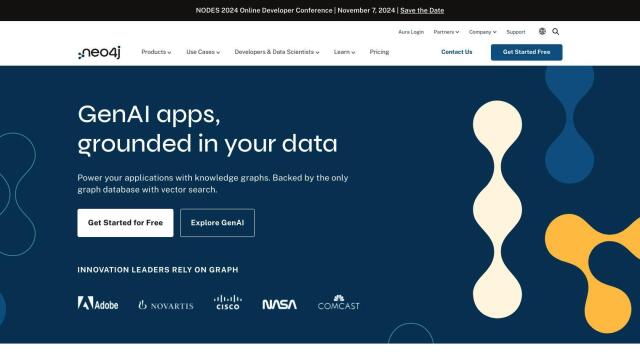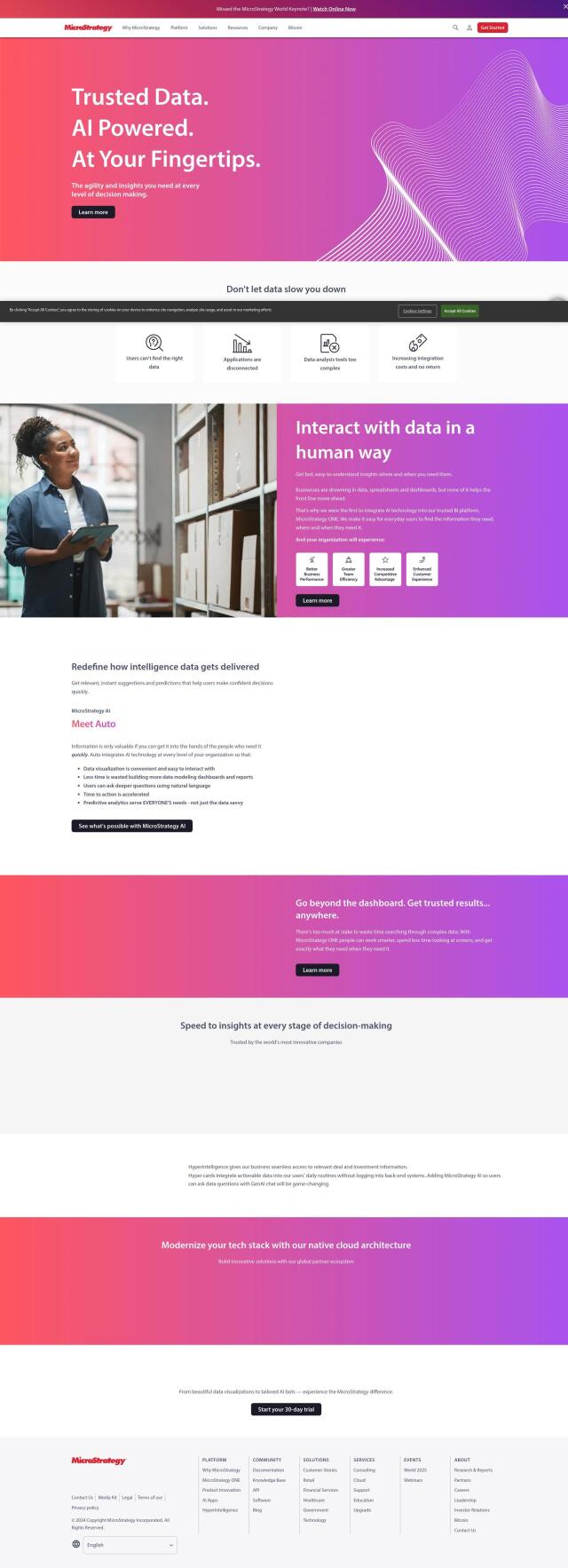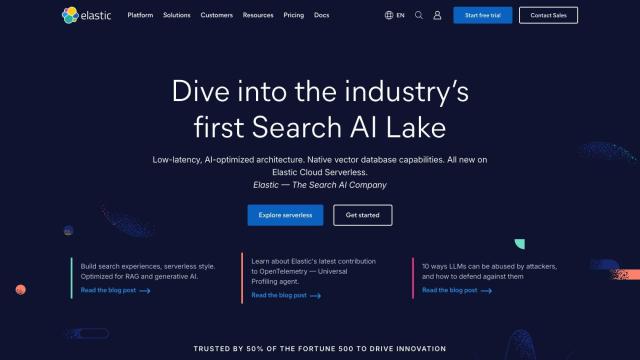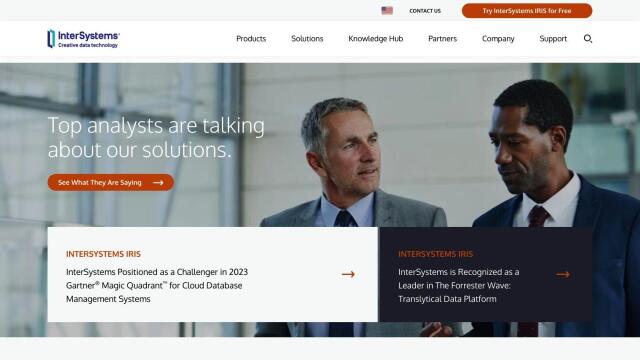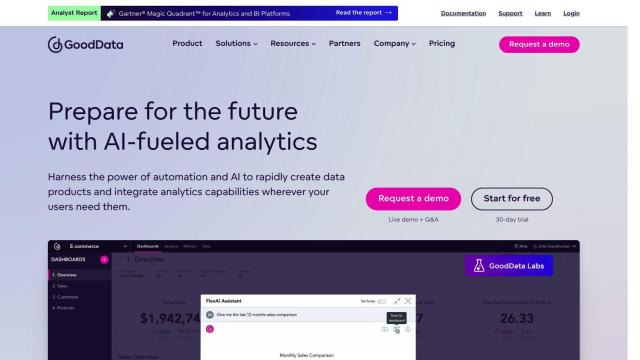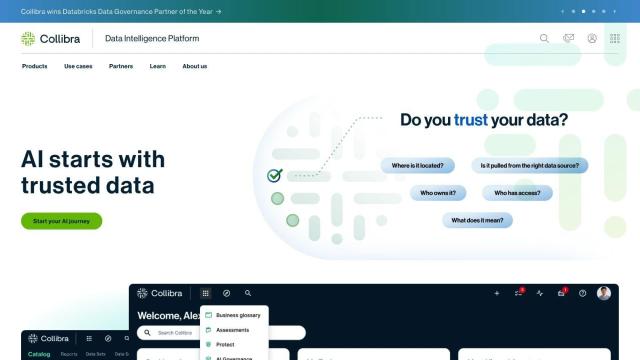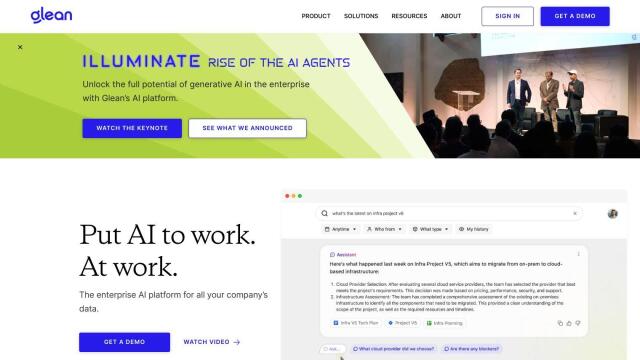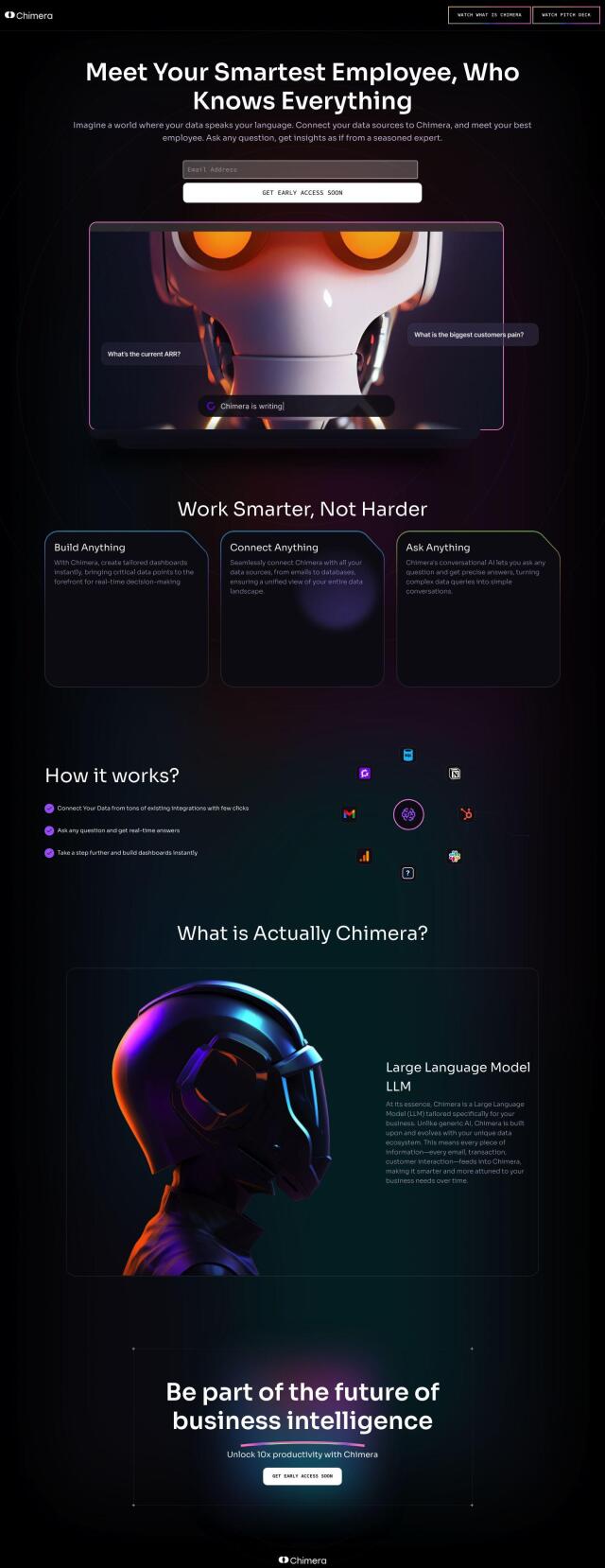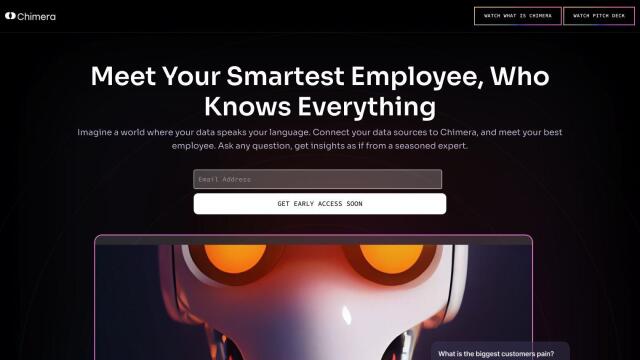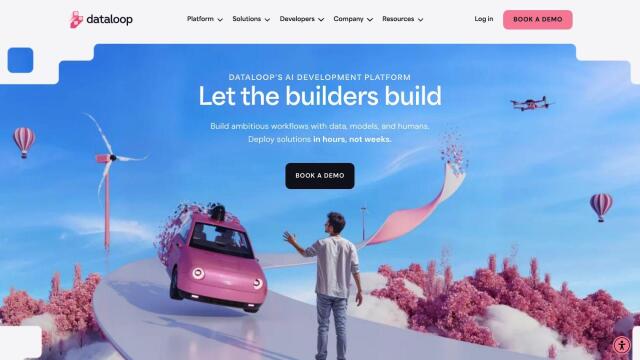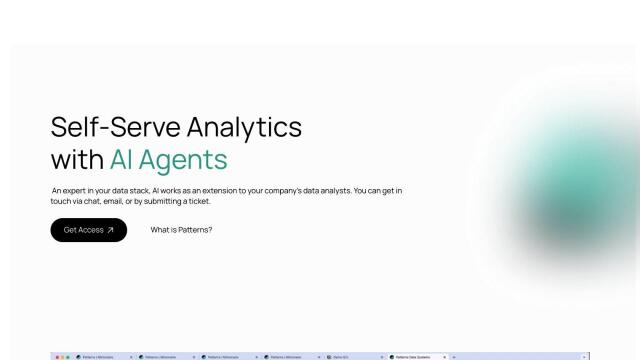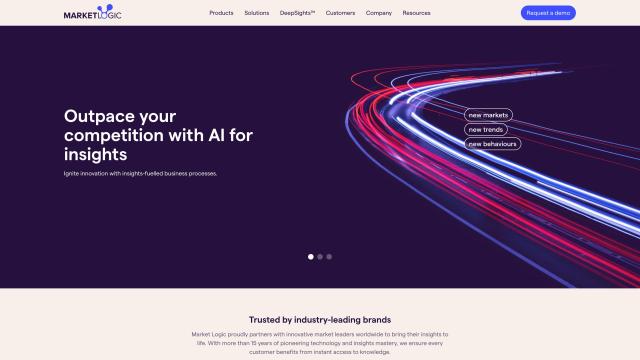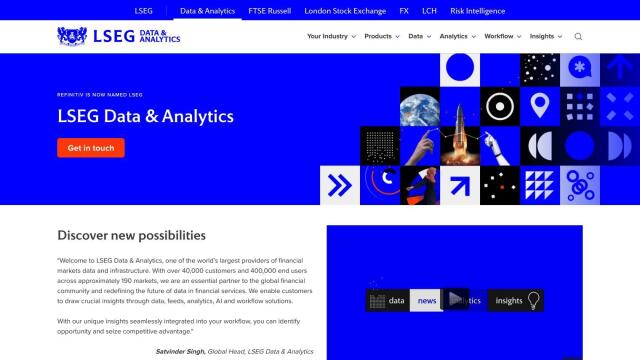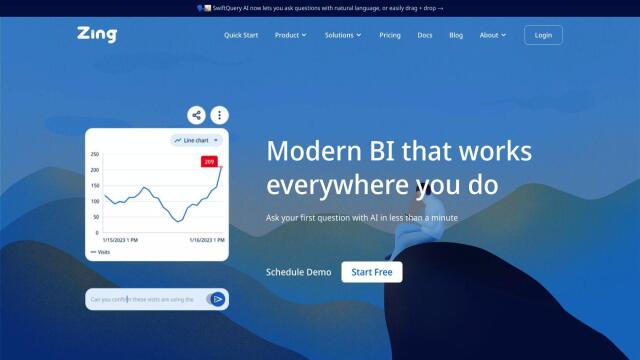Question: I need a solution that can handle complex data sets and provide decision-quality information in a timely manner.

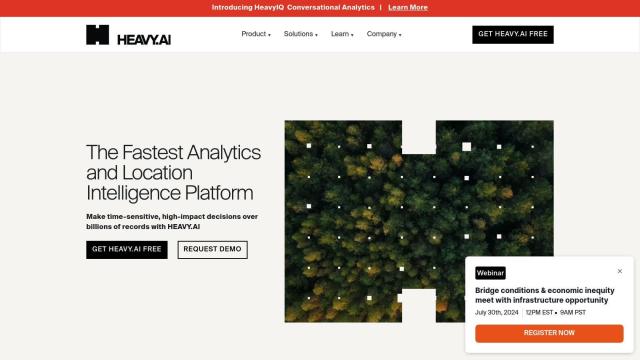
HEAVY.AI
If you need a system that can handle big data and deliver decision-support information fast, HEAVY.AI is a top contender. The advanced analytics platform uses hardware-accelerated analytics, interactive visual analytics and a powerful data science foundation to get insights out of big data. Heavy Immerse for interactive visualization and HeavyDB for a SQL-based relational and columnar database are among the features that make HEAVY.AI a good fit for companies like those in oil and gas, transportation and government that need real-time analytics to respond to changing conditions.


ThoughtSpot
Another top contender is ThoughtSpot, an AI-infused analytics system that lets people ask complex data questions in plain language and get an answer. It combines self-service analytics, search, AI-generated insights and natural language queries so business teams can quickly explore, analyze and share data insights. ThoughtSpot is used in many industries, but its design is flexible enough to accommodate companies of all sizes, helping people make better business decisions.


Qlik
For a broader data integration and analytics system, Qlik offers a range of products that span end-to-end data integration, data quality and deep analytics. Its rich data fabric and range of integration options mean you can tap into hundreds of data sources. Core features include data streaming, application automation and AI-infused features like AutoML for no-code predictive AI application development. Qlik's pricing is flexible, and it offers a lot of resources, making it a good option for companies that want to build data literacy and make better decisions.

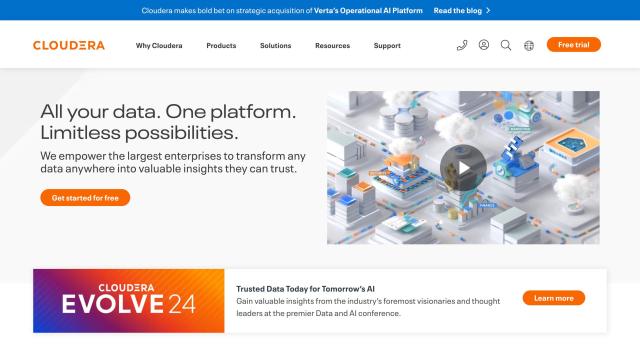
Cloudera
Last, Cloudera offers a hybrid data platform to securely ingest, process and analyze data in the cloud and on-premises. Its platform includes data services for ingest, prepare, analyze, predict and publish, and can support real-time insights and automated data pipelines. Cloudera's hybrid platform is widely used in financial services, manufacturing, healthcare and other industries, where customers can optimize operations and make better decisions by breaking down data silos and deploying applications at scale.

